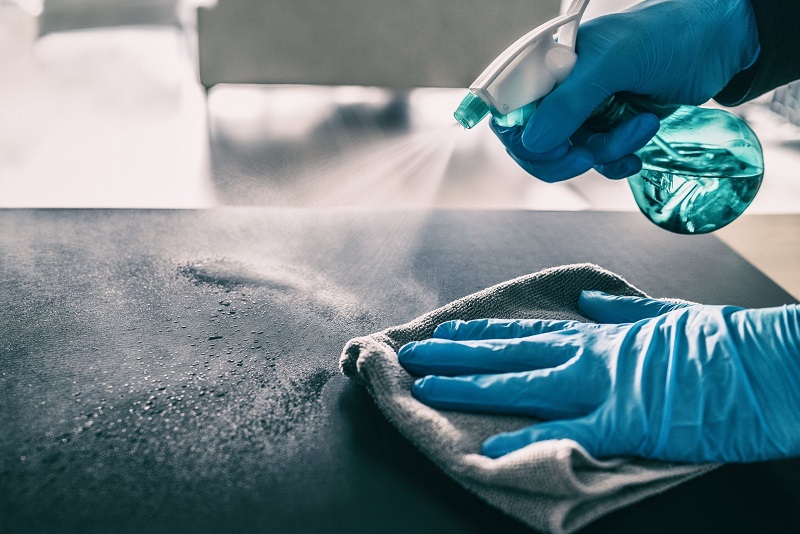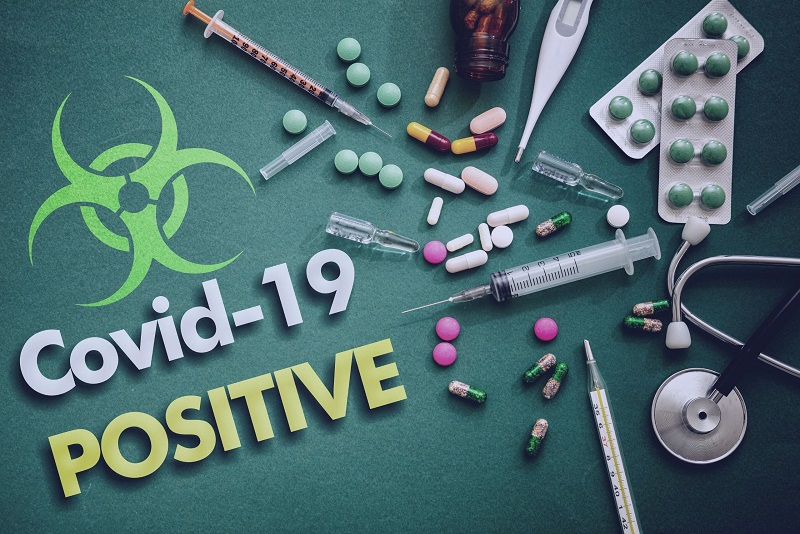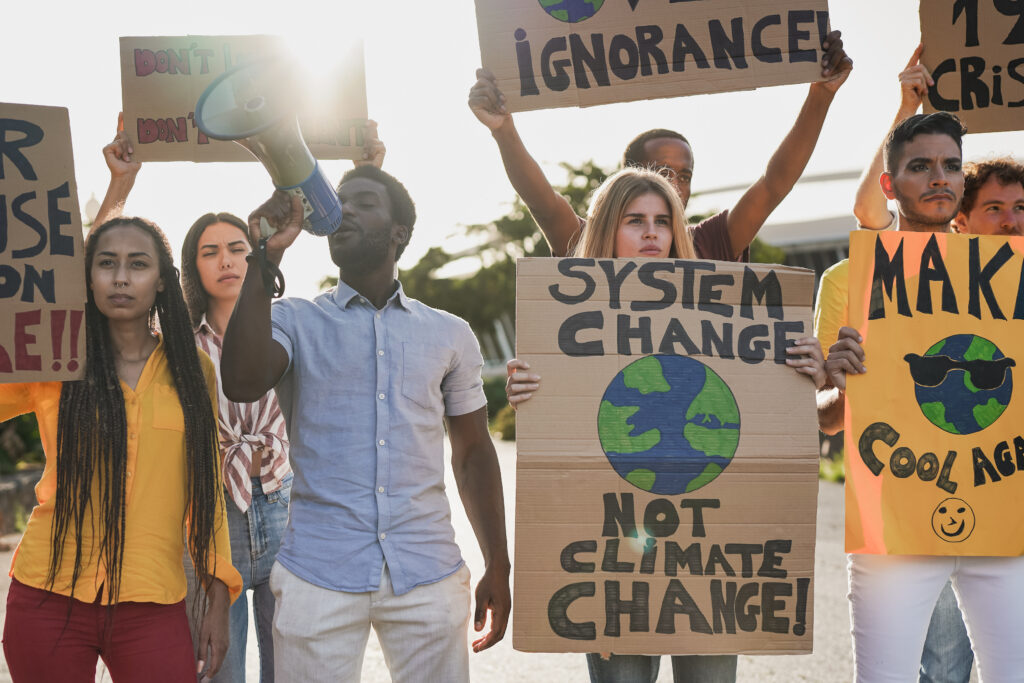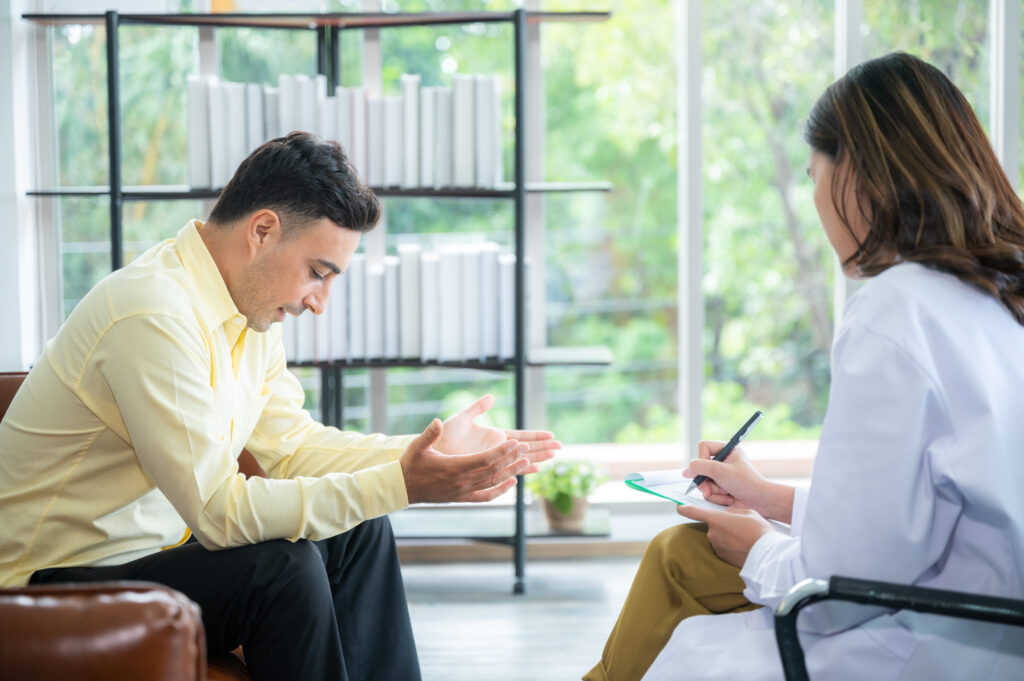The world continues to be overwhelmed by the latest transmissible variant (Omicron) with a wave of spikes in COVID-19 cases – including breakthrough infections – since its discovery in South Africa last November 26.
One of the main reasons making this virus difficult to contain, regardless of the variant, is the number of asymptomatic cases; studies have shown that around 40 to 50% of test positive COVID-19 cases have been asymptomatic, further stressing the importance of following safety protocols and guidelines whenever going outside one’s home.
If you’ve tested positive for COVID-19, suspect yourself of having it, or know someone who has tested positive, don’t panic. Here are the following steps to take for a full recovery and what you should know to help limit its spread:
How does someone get COVID-19?
COVID-19 spreads when particles and droplets are breathed in by people up to six feet away from someone infected with the virus. In some cases, it can also be transmitted through surfaces they touch, with symptoms showing in 2-14 days.
As per CDC information, there are three ways COVID-19 can spread:
- Breathing in the air close to an infected person who exhales small droplets that contain the virus.
- Having droplets that contain the virus land on the eyes, nose, or mouth, especially through splashes and sprays like a cough or sneeze.
- Touching one’s eyes, nose, and mouth with hands that contain the virus.
How long does the COVID-19 virus last?
Particles that contain the virus usually land on surfaces, clothing, or people. However, if none of the droplets land on anything, they stay in the air, making it easier for the virus to spread from person to person. Understanding how long the virus lasts can help prevent transmission and prioritize which surfaces need extra attention.
Here’s what you should know on how long the virus can last, depending on the type of material:
- Plastic and stainless steel: the virus can last 3-7 days.
- Copper: the virus can last up to four hours.
- Paper or glass: the virus can last up to four days.
- Wood: the virus can last up to two days.
- Cardboard: the virus can last up to 24 hours.
In the air, the virus can reportedly last for three hours. However, this duration is subject to changes depending on the temperature and humidity.
Knowing that the virus can last for several hours, you’ll need to exercise caution and disinfect surfaces regularly, especially on high-touch surfaces.

So, when should you clean surfaces? What materials should you use? For a brief guide, here’s what CDC recommends:
- Use household cleaning products or EPA-registered disinfectants.
- Clean high-touch surfaces regularly or as needed after you have visitors in your home.
- Adjust the use of products according to the surface.
- Ensure adequate ventilation while using disinfectants.
- After disinfection, wash your hands with soap and water; if not available, you may use a hand sanitizer that contains at least 60% alcohol.
- If you’re cleaning a surface where someone has COVID-19, always wear a mask and disposable gloves.
- In cleaning electronics such as a cellphone or laptop, use an alcohol-based wipe or 70% ethanol spray.
How can you tell if you have COVID-19 or the flu?
There has been much confusion regarding the flu and the COVID-19 virus. So, how do they differ?
For starters, the flu and COVID-19 are caused by different viruses, with the flu caused by the influenza virus and COVID-19 caused by the SARS-COV-2 virus.
They also have different incubation periods. Symptoms of the flu usually manifest in 1 to 4 days while COVID-19 can take around 2 to 14 days.
Knowing that both illnesses exhibit similar symptoms and treatment, testing is the best way to confirm whether you’re suffering from the flu or COVID-19.
What do you do when you test positive for COVID-19?
Testing positive for COVID-19 can be frightening, especially with the possibility of developing long-COVID.
With the risk of developing a severe infection from COVID-19 higher in unvaccinated people, following these tips is essential to ensure you don’t spread it to others:
- Isolate yourself from others
When you test positive for COVID-19, whether symptomatic or asymptomatic, the first thing you should do is to keep a safe distance from others. You can only stop your isolation period when you check the following criteria:
If you’re symptomatic, you can end your self-isolation period when:
- You’ve been fever-free for more than 24 hours without using any fever-reducing medication
- At least 10 days have gone by since you first exhibit symptoms
If you’re asymptomatic, you can end your self-isolation period when:
- You exhibit no symptoms
- At least 10 days have gone by since the date of your positive COVID-19 test
- Notify your close contacts and health care providers
When you test positive for COVID-19, this means that there’s a high probability that you may have spread it to others. It is usually around the 48 to 72-hour mark before you show symptoms or after your test results came back positive.
Is there anyone exempt from isolating? As per the CDC, if these people meet either of the following criteria, they may no longer need to quarantine:
- Individuals aged 18 years old and above who’ve received all the recommended vaccine doses and booster shots
- Individuals who tested positive with COVID-19 in the last 90 days
- Children aged 5-17 years who completed their primary series of COVID-19 vaccines
When do you get professional medical attention?
Most COVID-19 infections can be treated with rest, fluids, and medication. But when you or someone you know starts to exhibit the following symptoms mentioned below, CDC recommends seeking emergency care immediately and notifying the local emergency facility that you or the patient are suffering from COVID-19:
- Difficulty breathing
- Persistent chest pain
- Drowsiness
- Pale, gray, or blue-colored skin, lips, or nail beds
- Oxygen level is below 95%
How can you prevent the spread of COVID-19?
The COVID-19 virus is more than just the flu. Even if you’ve survived a mild infection, live a healthy lifestyle, or been fully vaccinated for more than four months, this may not be enough to protect you from getting the virus again, especially with a new variant wreaking havoc across the world.
However, there are ways to help prevent its spread. Here’s what you can do to protect yourself and others:
- Get a booster shot as soon as you’re eligible
- Wear a mask whenever you head out or when someone inside your home exhibits COVID-like symptoms
- Avoid crowds and poorly ventilated spaces
- Wash your hands after touching any surfaces
- Get tested immediately when you exhibit COVID-like symptoms
- Don’t share personal items – silverware, drinking glasses, towels, etc.
- Cover your face whenever you cough or sneeze
- Clean and disinfect regularly, especially high-touch surfaces like railings, plumbing fixtures, and doorknobs







